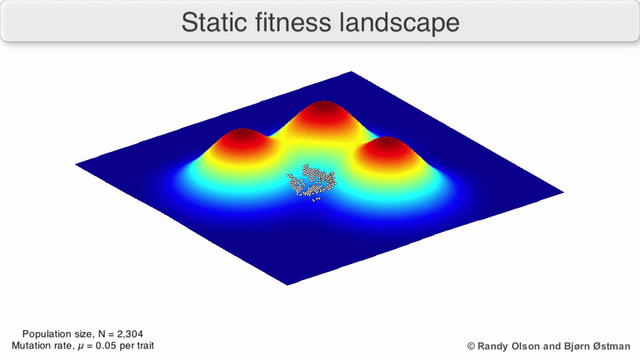In Thompson’s experiment, an EA evolved the connectivity of a reconfigurable Field Programmable Gate Area (FPGA) chip, with the aim of producing
circuits that could distinguish between a high-frequency and a lower-frequency square wave signal. After 5, 000 generations of evolution, a perfect
solution was found that could discriminate between the waveforms. This was a hoped-for result, and not truly surprising in itself. However, upon
investigation, the evolved circuits turned out to be extremely unconventional. The circuit had evolved to work only in the specific temperature
conditions in the lab, and exploited manufacturing peculiarities of the particular FPGA chip used for evolution. Furthermore, when attempting to
analyze the solution, Thompson disabled all circuit elements that were not part of the main powered circuit, assuming that disconnected elements would
have no effect on behavior. However, he discovered that performance degraded after such pruning! Evolution had learned to leverage some type of subtle
electromagnetic coupling, something a human designer would not have considered (or perhaps even have known how to leverage).
|







